
Soil Health & Fertilization
We unite suppliers and green industry professionals worldwide
The Ice Plant (genus Delosperma) is a low-maintenance, hardy succulent that has become popular due to its striking beauty and ability to thrive in tough environments.
By Victor Miller
|Published on September 22, 2025
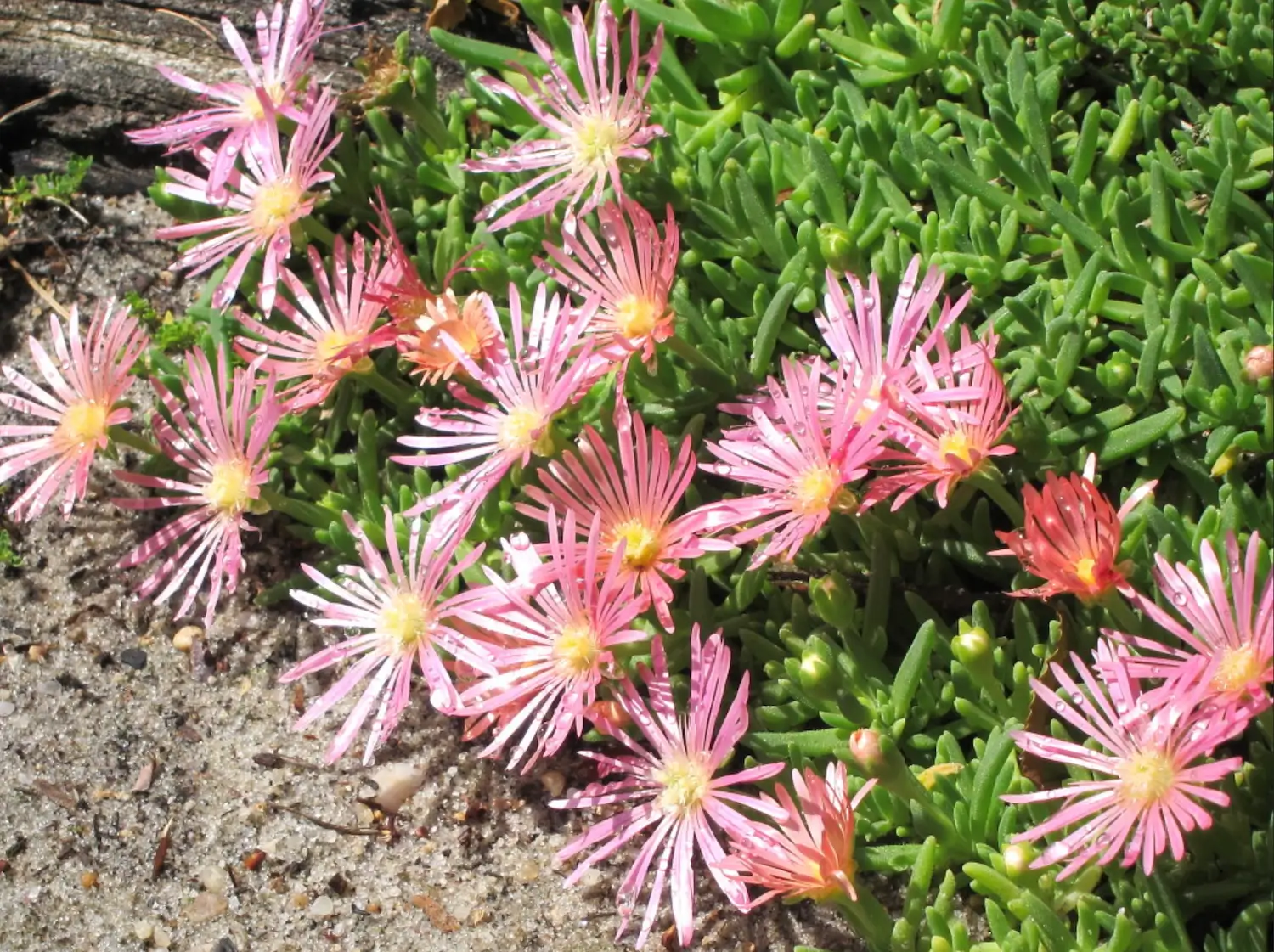

The Ice Plant (genus Delosperma) is a low-maintenance, hardy succulent that has become popular due to its striking beauty and ability to thrive in tough environments. The Ice Plant is commonly used as a ground cover and in xeriscaping situations, and it has an abundant display of colorful flowers that look bright and lovely in a garden. This plant has an advantage in being drought and heat-tolerant and growing in poor soil conditions. These features have made it a favorite of gardeners and a low-maintenance plant.
Delosperma has more than 150 species, and most of them are characterized by eye-catching flowers and succulent, fleshy foliage. Characterized by colorful flowering habits and an attractive trailing growth habit. Ice Plant is highly valued as an ornamental plant.
| Common name | Ice Plant, Trailing Ice Plant, Pink Ice Plant |
| Scientific Name | Delosperma cooperi (common species) |
| Family | Aizoaceae |
| Genus | Delosperma |

September 25, 2025
9 minute read
September 24, 2025
9 minute read
September 23, 2025
10 minute read
September 22, 2025
9 minute read


Join as a seller and connect with thousands of B2B buyers nationwide!
Sign Up
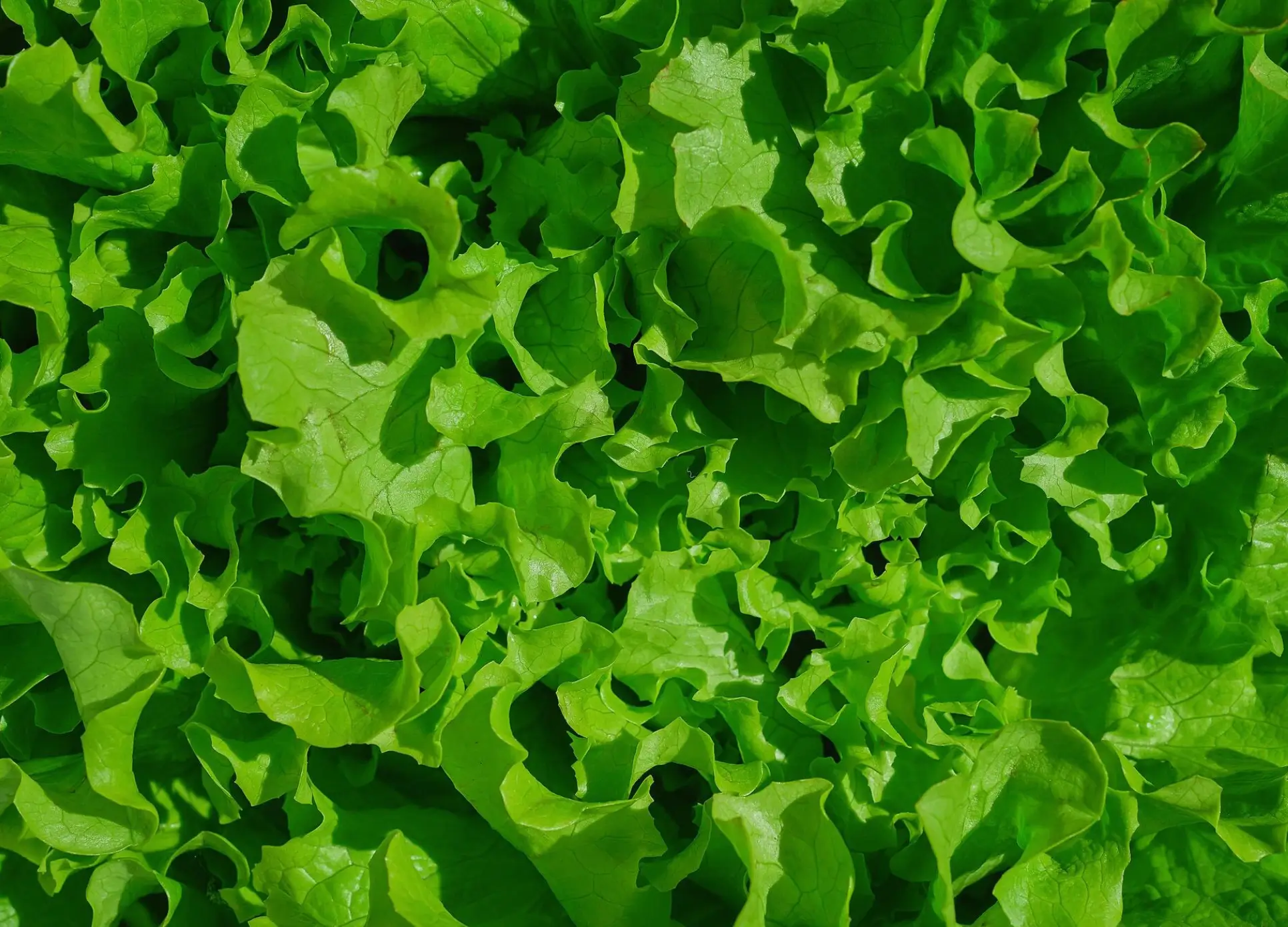
Leaf Lettuce
Leaf lettuce (Lactuca sativa var. crispa) is a very common and popular variety of lettuce.
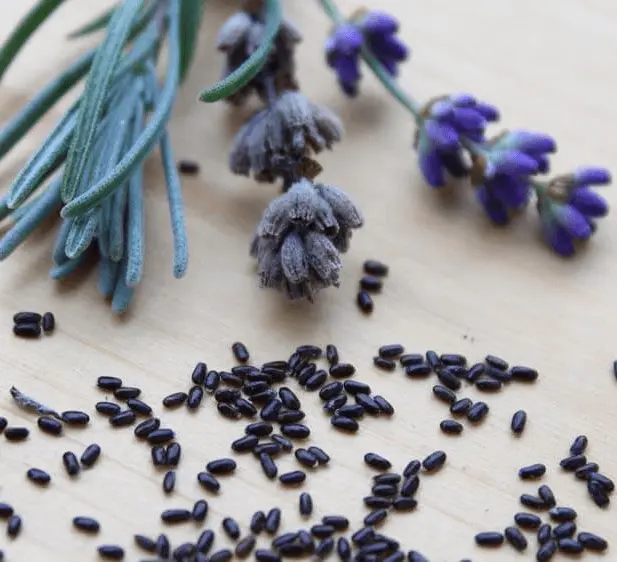
Lavender Seed
Lavender is one of the most beloved herbs in the world, prized for its beautiful odor, stunning purple flowers, and diverse applications. It has been grown for thousands of years as “the herb of calm”.
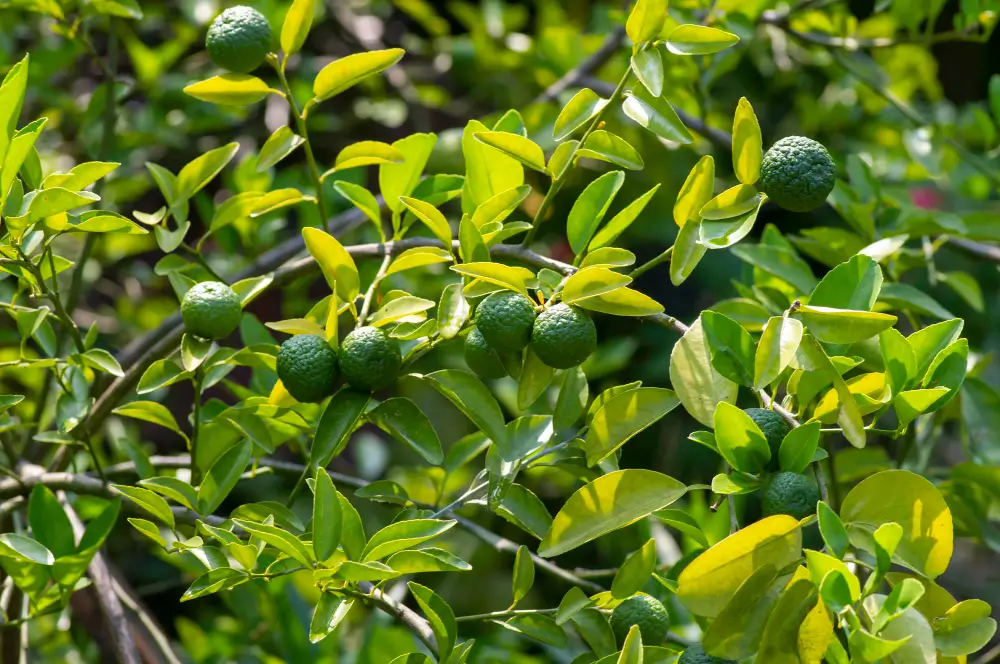
Kaffir Lime
While the fruit and leaves are rich in essential oils, their primary value is in the unique flavor they bring to food and drink.
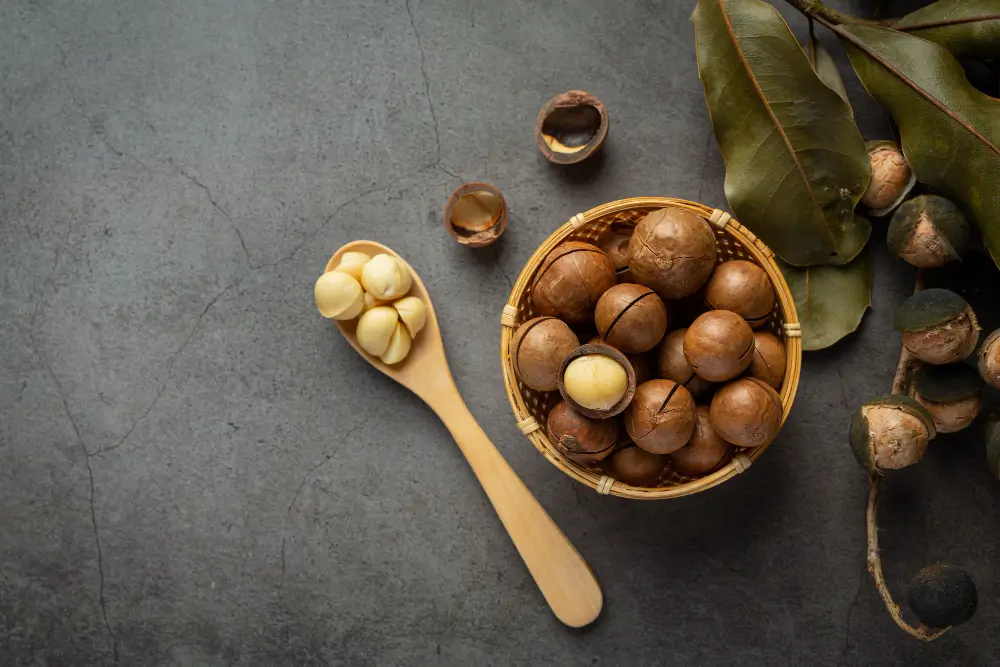
Macadamia Nut
The Macadamia nut is commonly known as the “queen of nuts” since it possesses a rich and buttery flavor and desirable nutritional value. Macadamia nut trees are beautiful evergreen trees that provide both decorative and agricultural benefits.
Ice Plant is a persistent succulent with a spreading, ground-cover growth form.
Ice plants can be used in several ways, both in the landscape and in the garden.
If you're considering ground cover succulents, Sedum is another excellent option
Ice Plant is a tough plant that can be grown under a range of conditions, although it can be expected to reflect the conditions favoured by Ice Plant.
For more on how to get the soil & light right, see our Succulent care tips article.
The seeds of Ice Plant are small and can be effectively managed, thus simple to plant by a novice and an experienced gardener.
Ice Plant seeds need the following conditions to germinate successfully:
There is high viability and vigor of Ice Plant seeds, particularly when handled and stored appropriately.
Vigor Testing: Testing of seed vigor can be carried out by the use of accelerated ageing method or negative controlled condition testing to guarantee quality seeds.
Tip: Use a well-draining mix such as Succulent Mix to avoid root rot.
Ice plants can be propagated easily using seeds, and so it is a good plant to grow among gardeners who love to propagate plants out of nothing.
Ice Plant is a rather tough plant, but nevertheless, it is subject to some pests and diseases. Some of the most common problems to be noticed are:
Seed viability depends on seed storage so that it can germinate.
Ice Plant is a drought-resistant succulent plant that is ideal in low-maintenance gardens and xeriscaping. It has beautiful, daisy-like flowers that aid in giving a pop of color in the summer months. It supports pollinators, which will also be beneficial to a garden. Being equally useful as ground cover, in containers, or against erosion, Ice Plant is attractive and versatile, and can satisfy the needs of any gardener. It survives in drought, and it does not require much care as it grows well in poor soils and also thrives in limited water areas.
Ice Plant seeds typically take 7-14 days to germinate under optimal conditions (temperature between 65°F and 75°F (18°C and 24°C).
Ice plants can spread quickly, especially in favorable conditions, but it is not considered highly invasive. It is best to monitor its spread to prevent overcrowding in garden beds.
An ice plant can be pruned to maintain its shape or to remove dead flowers. Regular pruning encourages healthy growth and more blooms.

Soil Health & Fertilization
Victor Miller

Pest Identification & Prevention
Victor Miller

Lawn Care Tips & Maintenance
Victor Miller

Soil Health & Fertilization
Victor Miller

Smart Irrigation Systems
Victor Miller

Patios, Walkways & Driveways
Victor Miller

Soil Health & Fertilization
Victor Miller

Pest Identification & Prevention
Victor Miller
My Account
Our team is always here to help.
We are open Monday - Friday, 9:00 AM to 4:30 PM PST.